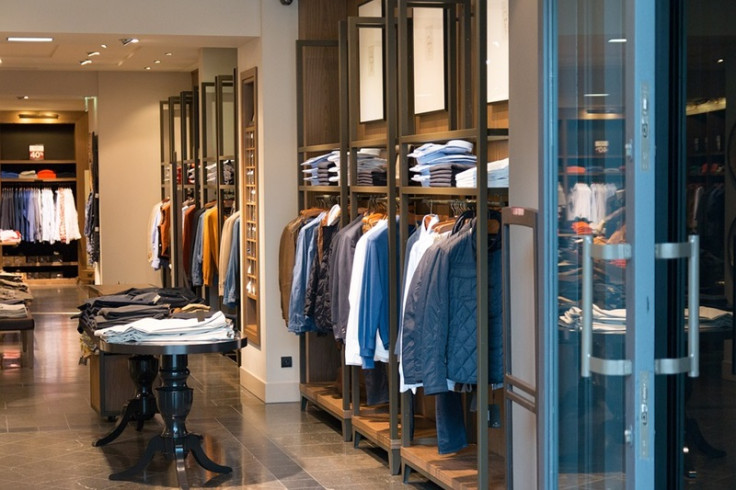Australia's Retail Industry Sees Sluggish Growth In April Amid Rising Rent

Australia's retail industry witnessed sluggish growth in April, failing to meet the predicted turnover as shoppers stayed frugal amid high borrowing cost and rising rent.
According to data released by Australian Bureau of Statistics (ABS) on Tuesday, the retail sales rose 0.1% in April from March, when they fell 0.4%, though the market prediction was a rise of 0.2%. Analysts pointed out how the sales volume per capita continued to fall for seven straight quarters, a trend that was usually seen during recessions.
Quoting Ben Dorber, ABS head of retail statistics, Reuters reported that as the customers reduced their spending, the turnover in the retail industry has been flat since January.
"Since the start of 2024, trend retail turnover has been flat as cautious consumers reduce their discretionary spending. Looking across the past two months, we see weak underlying spending in most parts of the retail industry," Dorber said.
Compared to data from a year earlier, sales in April increased by 1.3% to AU$35.7 billion. However, this growth level is limited especially when the population in the country is expanding by 2% annually.
The rate of spending has decreased due to higher mortgage rates and rising rents, which has impacted household savings in the last one year -- yet another sign that household spending will not add to economic growth this quarter. Added to this was the rising prices in sectors like insurance, education and electricity, which are not covered by retail data.
Due to stubborn inflation, it is unlikely that the Reserve Bank of Australia (RBA) will lower the interest rates.
"The upshot is that consumption growth will probably remain weak into the second half of the year, which should help to lower inflation further," said Marcel Thieliant, head of Asia-Pacific economics at Capital Economics. "While we expect the RBA to only start cutting interest rates at the beginning of next year, the prolonged weakness in consumption opens the door for an earlier rate cut."
© Copyright 2025 IBTimes AU. All rights reserved.





















